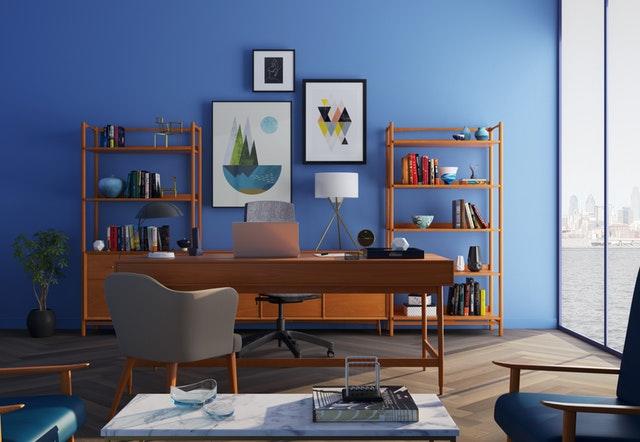Being self-employed and having the flexibility not to have to complete day to day “life admin” tasks when the rest of the world has to has always been a major perk for me. In recent times though, and particularly in 2019, I have seen so many people who definitely look like they are employed are doing the same as me. They have the flexibility to do their shopping on a Monday morning, or to meet a friend for coffee. It would not be uncommon for these people (and me) to be more flexible in the week and spend early Sunday morning and late nights working instead. This is because the work place is changing – it is becoming more relaxed and flexible, and I wanted to find out why…
In June 2019, Inc.com reported that increased remote working is one of the main workforce trends to watch out for this year. Unemployment is currently at its lowest level and Inc.com put this down to technology allowing people to start their own business, work from home and create more flexibility for them.
"Working from home is a perk that I expect more employees to ask for in 2019," predicts Amine Rahal, founder and CEO of IronMonk.
"As a business owner, you really need to loosen the grips on employees whose physical presence is not required to conduct their work," he says. "We have noticed increased performance and motivation from staff members since we implemented our remote work policy five years ago, and we plan to keep this policy in 2019."
It is estimated that a whopping 13.7% of the British Workforce work from home – this equates to just over 4.2 million people!
Adam Cox (founder of Work From Home Week) champions worker flexibility and increased productivity: ‘Technology means that most of what needed to happen in an office can happen at home. While it won’t work for certain industries such as catering or building it certainly is viable for most office-based sectors. We have found that productivity can actually increase significantly as employees are no longer experiencing the same level of distractions or interruptions.’
It was found that 53% of office workers said they would be more productive if they could work from home sometimes as there is a lot of time wasted in long meetings, email chains and conversations with colleagues.
It is currently predicted that 50% of British people will work from home or remotely by 2020.
As well as more flexibility – there have been changes made in the actual structure and atmosphere of offices around the world.
Hot desking, break-out areas and common spaces are at an all-time high at the moment and office design is reflecting this.
Gone are the grey cubicles and cluttered desks and here are the feature walls, glass offices, bean bags and dining areas. With such a focus now on mental health, employers are having to think about the spaces they have in order to create productivity and positivity. Also, with more fluid staffing roles – the office has become a place to impress and attract interviewees / freelancers coming in that the company is a great place to work.
Here are some of our favourite office spaces:
 |
 |
 |
Contributor: Suzy Barnard, Pickled Marketing

